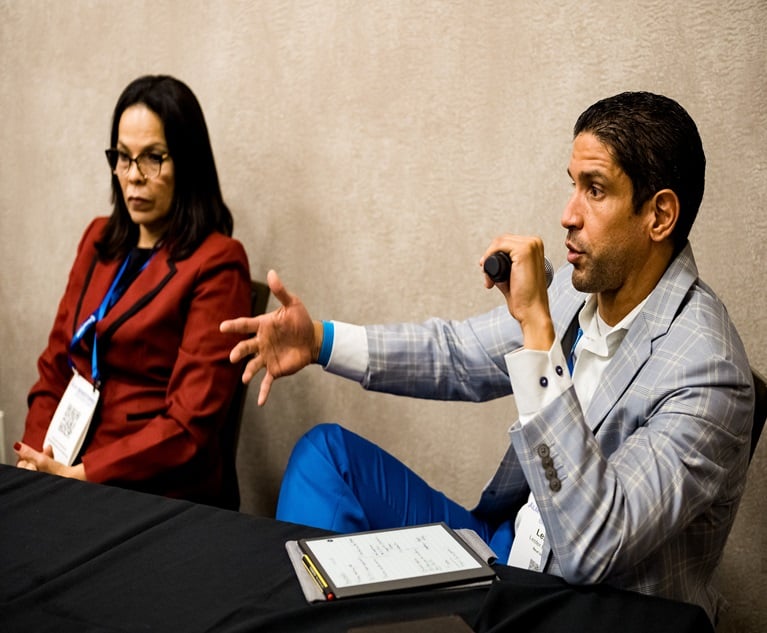As we're now well into another year, the easy tendency foreveryone involved in the insurance industry is to keep doing whatwe've been doing: Work a bit longer and harder, and hope we candeliver the desired growth and enhancements for 2017 over 2016.
|That “renew as expiring” approach to our professional lifeclearly flies in the face of Einstein's famous definition ofinsanity quote. The paradigm has shifted, and as players weeither revolutionize our approach now, or simply cling to the hopethat things will work out fine, which by now we all should know isnot a strategy.
|In the sections that follow, we share facts, experiences, andperceptions that make the case that, although this industry is notterminal, it's certainly in the ICU ward for both clients andbrokers who don't answer the wake-up call and dramatically alter their approach to how they do business.It's also a ticking time bomb for senior managers unwilling tostrategically focus on risk, as opposed to relegating insurance toa commodity buy with minimal evaluation and consideration on aonce-a-year basis. Some companies are already responding to thischallenge; however, far too many organizations are doing their bestimpersonations of the dinosaurs that wondered what the flash in thesky and the splash off the Yucatan was all about.
|In considering the paradigm shift and all of its accompanyingconsequences, we address the following questions:
- What is the evidence supporting the claim that broking isbroken for both clients and the brokers themselves?
- How has this happened to such a well-established and proudindustry?
- What are the consequences for those firms that don'trespond?
- The case for breakage: The client view
Let's start with the client side of the equation as we assessthe situation. What else do organizations in the vast middle marketbuy where they know so little about what they're buying? Clientsfrequently feel like victims of an insurance marketplace they don'treally understand.
|The standard “MO” is for the broker to come into the CFO'soffice about three months before renewal, collect minimalinformation, get a far-too-incomplete submission to the incumbentcarrier (this is based upon frequent carrier comments to us), comeback with a minimal price reduction, take way too much credit forthe results, and then generally disappear until next year. Sadly,most clients in the middle-market space say that they're happy iftheir broker just returns their calls.
|There are several major problems with this scenario. First, itputs the broker's entire emphasis on risk transfer, with limited tono consideration given to risk mitigation or risk retention. Such abroker is doing nothing to favorably impact the client's riskprofile score, which is analogous to an individual's creditscore.
|We recently asked a panel of senior carrier executives how oftenthey hear a business case as to what a broker has done to improve aclient's risk score, and the universal answer was, “We don't recallthat ever happening.”
|Cracks on the broker side
Most brokers proudly tout their success based upon clientretention rates; however, we contend that this figure has more todo with the inability of their competitors to take business awaythan it does with their talent in serving clients and providingsuperior solutions. Opening new doors has become a rare skillindeed. Far too many established producers fail to generate newclient revenue that even comes close to 10 percent of their currentbook. Lose one large account, and severe pain hits both the personand the organization.
|Organic growth must be the fuel for any broker's future, andfrequently the gas gauge is registering close to empty. Pipelineanemia is an epidemic in our industry. Established producers haveoften over-fished their pond of friends and acquaintances, areseeing their client revenue dwindle in the generally soft P&Cmarket due to bankruptcies and acquisitions, and have not opened anew door in years. They know their craft well, they know how tofind resources and move opportunities in the pipeline along, butthey struggle to feed the front end of their pipeline.
|There must be a significant change in the role played byinsurance brokers that must go beyond a focus on premium pricing inbringing value to clients. Such a value-defining approach points tothe need for organizations to develop more advisors in property andcasualty production roles and account teams, find their industryverticals, invest in them, and be visible and vigilant incollecting, analyzing and distributing information about everyaspect of risk challenges and enhancements.
|Where do we go from here?
Is broking broken? Ladies and gentlemen of the jury, we rest ourcase and are confident you will vote to convict. It's time for arevolutionary resolution on both the clients' and risk advisors'parts to fit it. We're not talking about a fine-tuning processhere. Pretty websites and new titles on business cards won't resultin the significant shifts that are clearly needed. Success into thefuture on both the client and broker/advisor side requires arevolution, not an evolution.
|Rest assured that the news here is not all bad. There iscurrently a strategic window that is open for clients, advisors andcarriers as well to go through into a much better place, and someenlightened and innovative organizations are doing just that.Working with our current risk advisory clients we're seeingevidence of success every day. The journey to this more productiverelationship frequently requires a personal trainer, or Sherpaguide in mountain-climbing terms.
|We'll continue to push the bar to higher levels as we challengeassumptions and ask the hard questions. We look forward to manymore years in this industry as we continue to help it move forwardinto what is actually a target-rich new paradigm for thoseprofessionals and organizations with the foresight and commitmentto cast aside broken approaches and charge forward with betterstrategies for success.
|George Lucas, Ph.D. is Director of Coaching and Learning atSchul-Baker Partners. He can be reached at [email protected].
|William Baker is CEO and president of Schul BakerPartners. He can be reached at [email protected].
Want to continue reading?
Become a Free PropertyCasualty360 Digital Reader
Your access to unlimited PropertyCasualty360 content isn’t changing.
Once you are an ALM digital member, you’ll receive:
- All PropertyCasualty360.com news coverage, best practices, and in-depth analysis.
- Educational webcasts, resources from industry leaders, and informative newsletters.
- Other award-winning websites including BenefitsPRO.com and ThinkAdvisor.com.
Already have an account? Sign In
© 2024 ALM Global, LLC, All Rights Reserved. Request academic re-use from www.copyright.com. All other uses, submit a request to [email protected]. For more information visit Asset & Logo Licensing.








